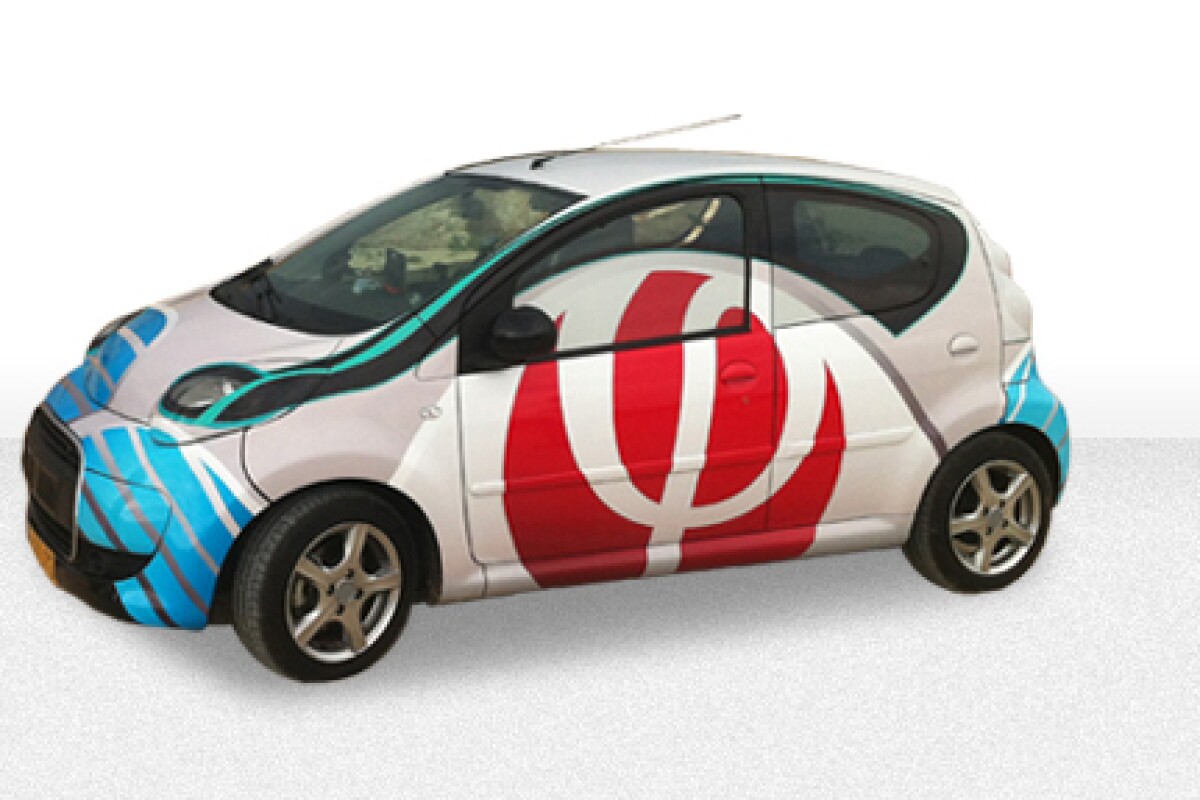Israel-based company Phinergy claims to have developed metal-air battery technology that promises to end the range anxiety associated with electric vehicles. The company’s battery currently consists of 50 aluminum plates, each providing energy for around 20 miles (32 km) of driving. This adds up to a total potential range of 1,000 miles (1,609 km), with stops required only every couple of hundred miles to refill the system with water.
There are a number of companies and university research teams currently working on air-battery technology – usually lithium-air batteries – with the goal of improving the range of electric vehicles. These batteries offer significantly increased capacity in a more compact form factor by replacing bulky conventional cathodes, which contain the oxidizer within the battery itself, with lighter “air cathodes” that instead draw oxygen from the surrounding air.
Phinergy claims to have solved the CO2-related premature failure problems seen in other metal-air battery technologies by developing an air electrode with a silver-based catalyst and structure that lets oxygen enter the cell, but blocks out CO2. The result is an air electrode that Phinergy says has an operational lifespan of thousands of hours.

The company says the aluminum plate anodes in its aluminum-air battery have an energy density of 8 kWh/kg, but the batteries are not rechargeable. Once the energy is expended, the plates, which add up to around 55 pounds (25 kg) per battery, need to be replaced. However, the company points out that aluminum is easily recyclable and that swapping the battery out for a fresh one is quicker than recharging.
Because they aren’t rechargeable, Phinergy says its aluminum-air batteries would be more suitable as a range-extender technology working in conjunction with a traditional lithium-ion battery. The lithium-ion battery would would handle the general day-to-day commuting energy needs with the aluminum-air battery providing extra range when required. It is this dual setup that the company has used in a demonstration vehicle that can be driven over 200 miles (330 km) in a single continuous trip as shown in the video below.
However, Phinergy is also developing a rechargeable zinc-air battery that it claims is resistant to the dendrite formation that has plagued other zinc-air batteries.
The company believes its metal-air battery technology could be commercially available in vehicles as soon as 2017, with smart grid energy storage, consumer electronic devices, UAVs and boats cited as other potential applications for the technology.
Phinergy’s demonstration electric vehicle and the aluminum-air battery technology that powers it can be seen in the video below.
Source: Phinergy via Bloomberg TV






